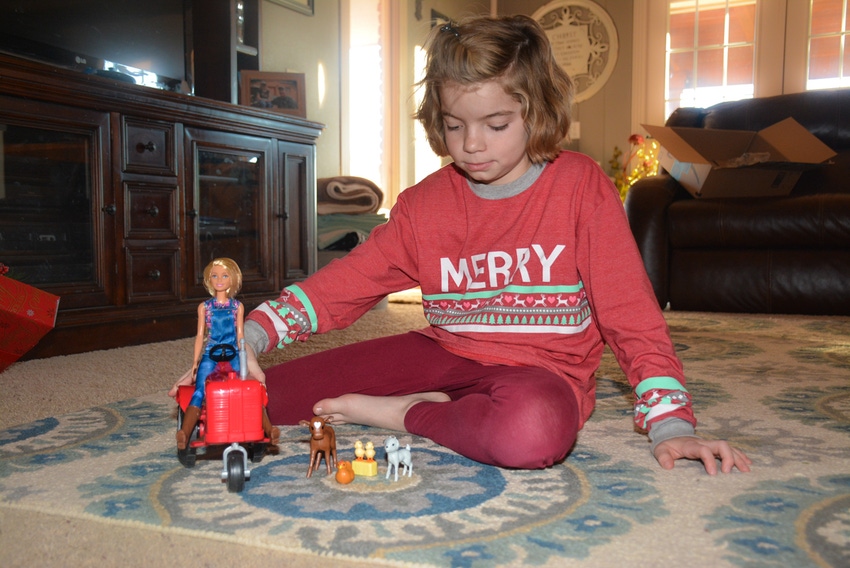
Who knew?
Barbie is a wholesome, corn-fed country girl who drives tractors, raises chickens and herds livestock — likely into a plastic barn that takes mom and dad hours to assemble if my experience with a Barbie townhouse is a reasonable example.
Of course, I refer to the iconic Barbie dolls that have thrilled little girls for decades and raised more than a few eyebrows at the unrealistic image of perfection, complete with a wardrobe of expensive accessories and an under-appreciated boyfriend serving mostly as eye candy.

I wasn’t sure how to react when I first read a news release about the farm-girl Barbie. First inclination was to ask: Why? I also wondered if it was some kind of hoax.
So, I googled “Barbie Farm” and up pops an image of perfectly proportioned Barbie clad in overalls (stereotypical much?), standing by a red tractor (a green version is also available) with a few cuddly farm animals scampering around her high-fashion-booted feet.
Farm-girl Barbie is available, including a tractor, for $29.88. Also on the list is farm veterinarian Barbie with a playset (animals, vet office) for $39.86.
On one hand, I want to scoff at the ludicrous idea of high-fashion Barbie donning overalls and mucking out a stable. But wait, I reasoned to myself. Maybe this is a positive move for a toy that has been a mainstay under Christmas trees since 1959, offering little more than glamour and a depiction of the lifestyles of the rich and famous.
Barbie has gone to work. She is now available as a zoo doctor, a chicken farmer and a pet care employee — maybe other occupations as well.
Perhaps it is toy manufacturers’ contribution to depicting young girls as more than pretty faces. I suspect a profit motive is more important, but let’s not quibble over intent. Maybe it’s a good thing.
I’m not certain the farm attire for this fashion-conscious doll is completely appropriate, and more than a little condescension may be noted in the effort, but, hey, that’s just business.
I can applaud Barbie’s manufacturer, Mattel, for including agriculture in its list of occupations available for young women. I kinda like the idea of this long-time favorite toy moving away from a penthouse apartment and into a farmhouse. I also seem to recall in one of the annual iterations of Barbie a sleek convertible coupe to ferry her and Ken around the streets of some big city. Tractors, red or green, bring her down to earth, so to speak.
As I mentioned, my first inclination was to scoff at the absurdity of Barbie in a cow barn, but on further reflection, I like the idea of a popular toy that depicts a young woman pursuing a career in agriculture.
I think she needs some different boots, however, some she won’t mind getting dirty.
About the Author(s)
You May Also Like






